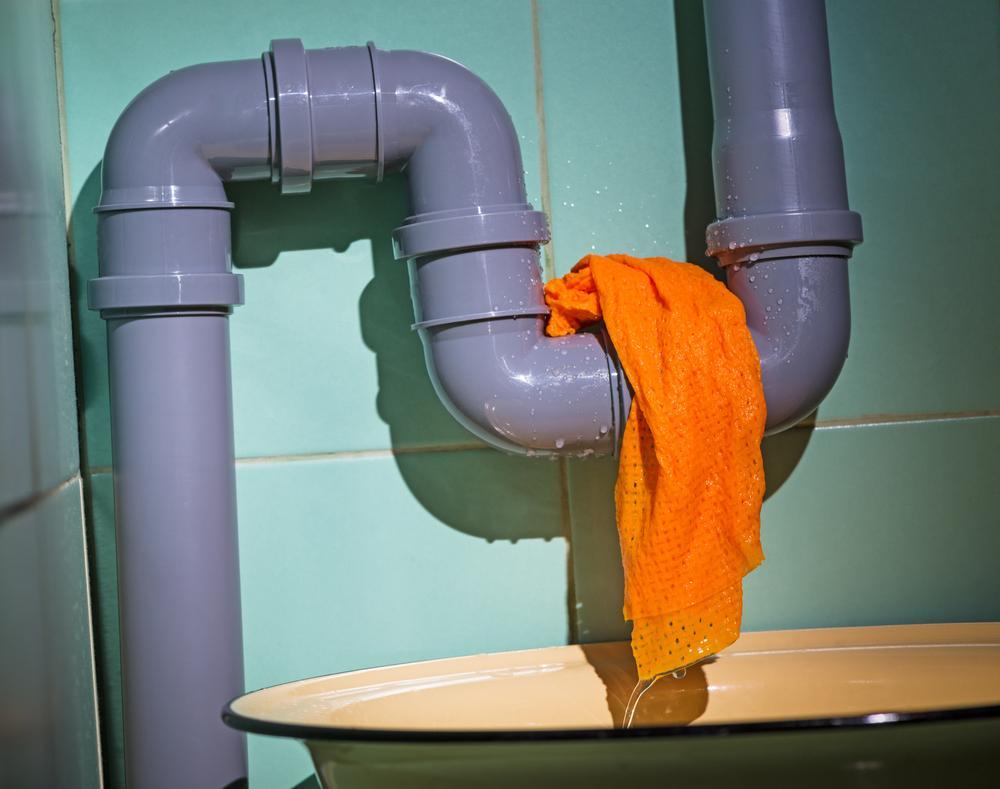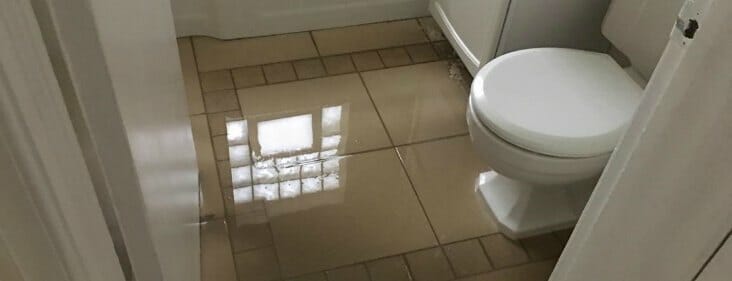What're your opinions about Leaking Bathroom Repair Expert?

Bathroom leaks are irritating as they interrupt your day's strategy. They vary in extent depending on the resource of the leakage. You need to prioritize them, as they can rapidly get worse. So, it is an alleviation that most bathroom leakages are easy to spot and also deal with, with minimal expense effects.
Having a water leak in shower room can be demanding to the homeowner. Repairing the leak becomes an easy problem if you recognize what to do. So, this write-up is critical as a house guide to discovering and repairing a water leakage in bathroom. It does not change the need for specialist expertise. The write-up works as a "first aid" when you need an emergency action to a water leak in washroom.
Discovery and Repair Service of Water Leakage in Shower Room
Water leak in shower room generally results from plumbing and pipeline mistakes. There are several kinds of washroom leaks. You might require a standard understanding of these leakage types to detect the water leakage in bathroom. Here are the common bathroom leaks and also fix tips:
Dash Leaks
These typically result from water splashing on the washroom flooring from the bathtub. It is a consequence of using a bad shower drape or used bathtub lining. It harms the bathroom floor as well as might create rot to wooden floorings and also restroom doors. The water generally pools around the tub or shower. This might lead to even worse washroom damage without timely handling.
What to Do
This shower room leakage is the easiest to fix. You only need to replace the drapes or recaulk the bath tub or shower. If the leak has damaged the restroom floor or door, you may need to change these to prevent further damages. The bright side is that you can entail a pipes professional to help with the washroom repair.
Toilet Leaks
Occasionally, water leaks from the toilet and pools around the toilet base. It is an eye sore in the washroom and also needs punctual interest. Sometimes, it results from a loose link between the storage tank and also the bathroom. This causes water to trickle from the tank to the floor. It might additionally result from cracks in the toilet dish or a defective shut-off shutoff.
What to Do
You just require to tighten them if there are loose screws between the cistern and also toilet. Occasionally you may require to reapply wax on the gasket or employ a restroom leakage expert to replace damaged or used parts.
Clogged Restroom Sinks
In some cases, the water leakage in restroom arises from sink obstructions. This is frequently a hassle to property owners as well as might be unpleasant. Obstructions might result from the accumulation of soap residue, hair fragments, or debris that block the drainpipe. It is very easy to handle obstructions, and you might not need specialist skills.
What to Do
You can utilize a drain snake to remove the debris in the drainpipe and also allow the stationary water circulation. Drain pipes cleansers are likewise readily available in stores and also are very easy to make use of.
Verdict
Water leaks in the bathroom are preventable occasions in the house. When they do, fix them promptly, or involve the services of an expert.
The short article serves as a "initial help" when you need an emergency feedback to a water leakage in restroom.
Water leak in washroom generally results from pipes and pipeline mistakes. You may require a standard understanding of these leak kinds to identify the water leakage in restroom. It harms the restroom floor and might create rot to wood floors as well as restroom doors. In some cases, the water leak in washroom results from sink obstructions.
Tricks for Locating a Water Leak in Your Bathroom
Run a Test Using Your Water Meter
One of the clearest indications of a leak in your household is if there’s a sudden unexplained increase in the water bill. For the most part, your water usage shouldn’t change too much from month to month, so a sudden surge is a surefire warning sign.
For further evidence of a leak, Bob Vila recommends this simple test. First, "turn off all the water faucets in your home, and make sure the washing machine and dishwasher are not running." Go to your water meter and look over the reading. After two hours, see if there is a change in the reading. If there is, you've definitely got a leak on your hands and it may be coming from your bathroom!
Test The Toilet
Toilets are among the leading culprits when it comes to unexplained leaks. The rubber stopper (knowns as the flapper) that separates the tank from the bowl can become brittle over time, creating a leak. If you have a toilet that periodically runs on its own for a few seconds, this is probably why.
To confirm your suspicions, put a couple of drops of food coloring into the tank of the toilet. Return after a few minutes and check the bowl. If the dye has entered the bowl, then there’s a leak that should be repaired.
Check for Water Damage to The Walls and Ceilings
If you have a leak emanating from an upstairs bathroom, one of the first things you’ll notice is water damage on the ceiling of the room below. Watermarks and discoloration are clear indicators of leaks, but you might also notice flaking or peeling paint.
Remember: Water doesn't always follow predictable routes. So if you see water marks on the walls, those could also be the result of a leaky upstairs bathroom.
Be Aware of Musty Odors
When it comes to bathroom leaks, the nose often knows best. An undetected leak can go on for quite some time, resulting in the ideal conditions for mold and mildew. Mold has an unpleasant odor and is a sign that your home could be suffering from significant water damage. It’s also a health hazard, especially for those who suffer from respiratory illnesses and allergies, so it's important you have it remedied as quickly as you can.
Inspect Bathtub and Shower Seals
You might not see any leaks or notice any obvious signs of water damage, but it’s important that you look for gaps between the seals surrounding your shower, bathtub, and walls. These kinds of leaks may require extensive renovations if they’re not repaired promptly.
Any presence of moisture on the seals is indicative of a problem, as is peeling or bubbling paint on the bathroom walls. If you have vinyl flooring, be cognizant of curling or bubbles and soft spots in the wood beneath.
https://www.waterdamagerestorationaz.com/locating-bathroom-water-leak-tricks

I recently found that page on How to Check for Bathroom Leaks while doing a search on the internet. Are you aware of somebody else who is excited about the subject? Do not hesitate to promote it. Thanks a bunch for your time. Visit us again soon.
Emergency? Call us!